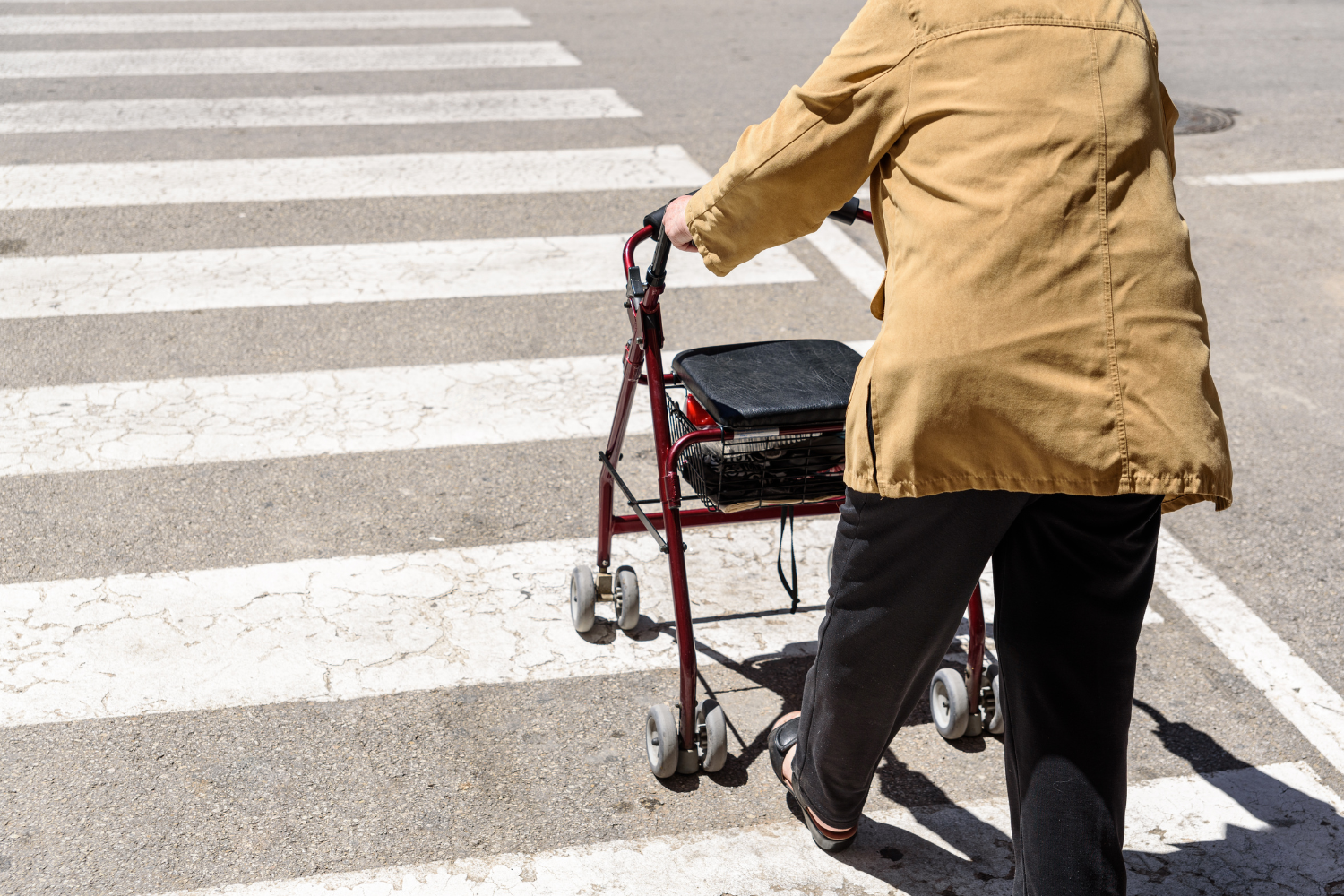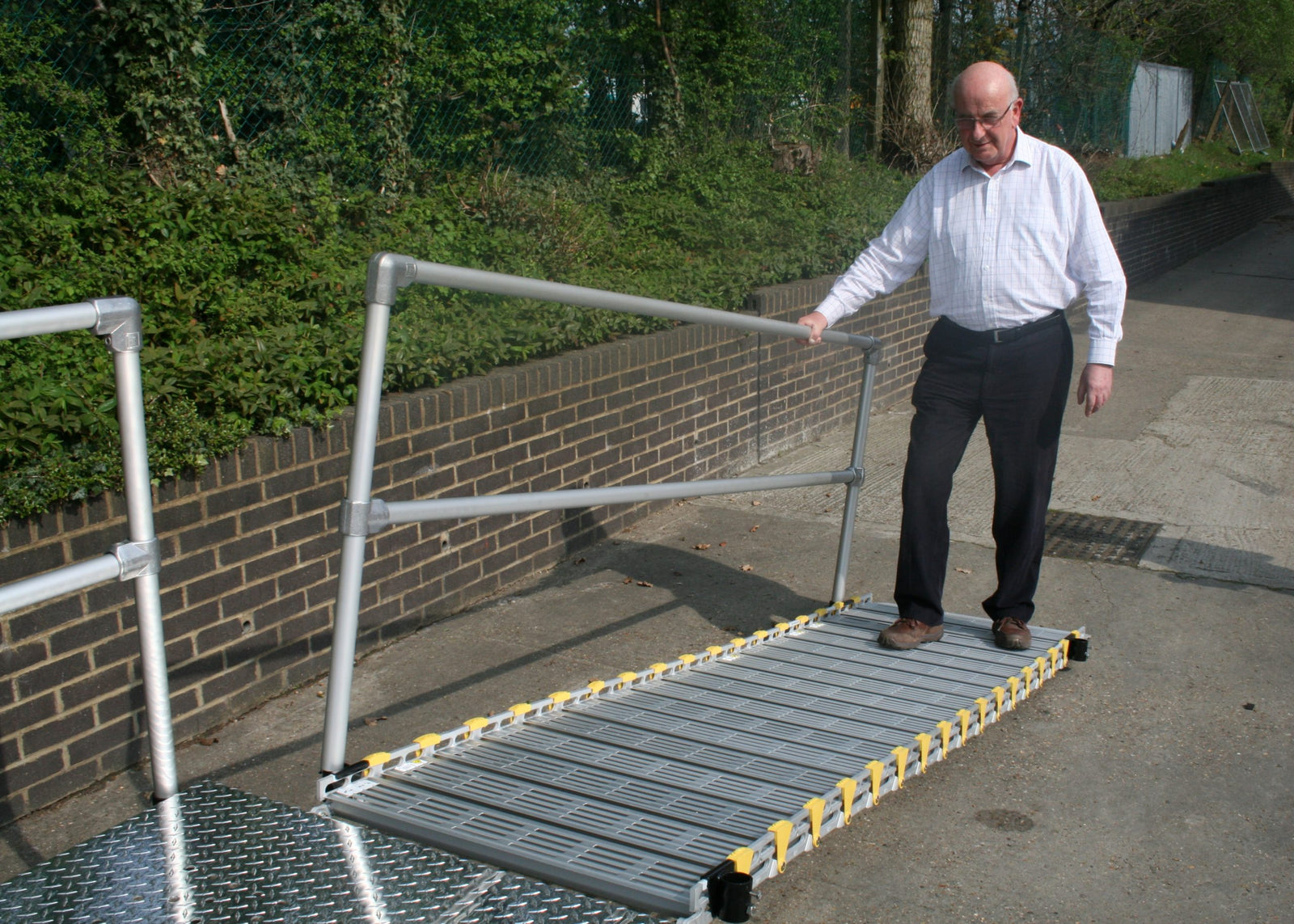Your Cart is Empty
Free shipping | Bulk Order Discounts | Best price guaranteed
Menu
-
- Home
- Shop By Category
- Moving + Handling
- Bathroom
-
Mobility Scooters
- Pavement Mobility Scooters
- Folding Mobility Scooters
- Lightweight Mobility Scooters
- 4mph Mobility Scooters
- 6-8mph Mobility Scooters
- Travel Mobility Scooters
- Lithium Mobility Scooters
- Car Boot Scooters
- Enclosed Mobility Scooters
- All Terrain Scooters
- 2 Person Scooters
- Mobility Scooter Storage
- Mobility Lifts and Hoists
- Mobility Scooter Canopies
- Seating
- Wheelchairs
- Rollators
- Beds + Mattresses
- Medical Equipment
- Powerchairs
- Health + Safety
- Help Centre
- Returns
- Price Guarantee
- Contact Us
-
- Speak With An Expert: 020 3576 3028
- Login

Free shipping | Bulk Order Discounts | Best price guaranteed
Add description, images, menus and links to your mega menu
A column with no settings can be used as a spacer
Link to your collections, sales and even external links
Add up to five columns
Add description, images, menus and links to your mega menu
A column with no settings can be used as a spacer
Link to your collections, sales and even external links
Add up to five columns

Do Rollators Prevent Falls? (Complete Guide)
June 06, 2023 5 min read
Do Rollators Prevent Falls? (Complete Guide)
Falls can be incredibly dangerous for elderly individuals, leading to unforeseen health complications and even serious injury. The good news is that there are ways you can reduce your risk of falling and maintain independence in activities such as walking. Rollators are one way many older adults have found to stay balance-safe and preserve their autonomy. In this guide we'll discuss what a rollator is, how it works, the benefits it offer and more so that you're able to make an informed choice if it's right for you or someone special in your life.
Do Rollators Prevent Falls?
Yes, they do. With their stable and supportive design, rollators can help reduce the risk of falls by providing a secure base to lean on and move around with. So if you or a loved one is worried about the risk of falls, a rollator might just be the solution you've been looking for.
What is a Rollator and How Does it Help Prevent Falls
A rollator is a walking aid that can be an important tool in preventing falls. Unlike a traditional walker, the rollator has four wheels, brakes, and a seat, which make it easier for the user to move around independently without fear of falling.
The rollator is designed to provide stability, balance, and support for those who are unsteady on their feet. As people age, they become more susceptible to falls and injuries, which can lead to decreased mobility, loss of independence, and even hospitalization.
A rollator can help to reduce the risk of falls by providing a safe and secure means of support while walking or standing. It is a practical and affordable solution for those who want to maintain their active lifestyles as they age. With its numerous benefits, the rollator has become increasingly popular among older adults and their caregivers as an effective tool in preventing falls and promoting overall well-being.
Benefits of Using a Rollator for Fall Prevention
As we age, the risk of falling increases. Falls can cause serious injuries and can be particularly dangerous for older adults. One way to prevent falls is by using a rollator.
Rollators are designed to provide balance and support while walking and can help reduce the risk of falls. Rollators have many benefits, including providing stability and reducing pressure on joints.
They can also improve confidence and allow seniors to be more independent. By using a rollator, seniors can enjoy more freedom, improved mobility, and a better quality of life. Investing in a durable and reliable rollator can be a great step towards fall prevention and better overall health.
Can a Person be Pushed on a Rollator?
Rollators, also known as wheeled walkers, are great mobility aids for those who need assistance with walking. One of the most common concerns people have when using a rollator is whether they can be pushed while sitting on it.
The good news is that yes, it is possible to push someone on a rollator, but it requires a specific type of rollator called a transport rollator. These rollators come with a built-in seat and are designed to be pushed like a wheelchair.
They are a great option for those who need occasional assistance with mobility, but also need the flexibility to walk on their own when they are able to. With a transport rollator, you can enjoy the benefits of a rollator while also having the ability to be pushed by a caregiver or friend if needed.
Who Should Use a Rollator and When
A rollator can be a helpful mobility aid for many different individuals. This type of walker typically comes equipped with wheels, brakes, and a built-in seat, giving users a convenient way to move about and rest when needed.
Rollators can be especially helpful for seniors who may experience balance issues or have difficulty walking longer distances. They can also be useful for individuals who are recovering from an injury or surgery and need support while they regain their strength and mobility.
Ultimately, anyone who needs a bit of assistance when walking or standing for extended periods of time may benefit from using a rollator. By providing extra stability and support, a rollator can help users feel more confident as they go about their daily activities.
Choosing the Right Rollator for Your Needs
As we age, it's important to maintain our independence and mobility. That's where rollators come in. But with so many options on the market, how do you know which one to choose? The first step in choosing the right rollator is to consider your needs.
Are you looking for a lightweight option that's easy to transport, or do you need something with more stability and support? Do you need a rollator with a seat for when you need to rest, or do you prefer one without? Answering these questions will help narrow down your options and ensure that you find the perfect rollator to keep you moving and independent.
Tips on Using a Rollator to Prevent Falls
A rollator can be a helpful tool to improve stability and prevent injuries. Using a rollator properly is key, so here are a few tips to keep in mind. Firstly, adjust the height of the handles to ensure they sit at your wrist level.
This will allow you to maintain an upright posture, reducing strain on your back. Additionally, take small, measured steps and avoid trying to move too quickly.
Lastly, always be aware of your surroundings and any obstacles that may be in your path. By incorporating these tips into your routine, you can use a rollator confidently and safely to maintain your independence.
Common Mistakes When Using a Rollator
Using a rollator can make life easier for those who need a little extra support while walking. However, there are some common mistakes that people make when using these devices.
For example, some people forget to adjust the height of the handles so they are at the proper level. This can cause unnecessary strain on the shoulders and arms.
Another mistake is using the rollator on uneven surfaces, which can lead to a loss of balance and potential falls. Additionally, some people don't engage the brakes fully when stopping, which can cause the rollator to move unexpectedly.
Being aware of these common mistakes and taking steps to avoid them can help ensure a safe and smooth experience when using a rollator.
Conclusion
All in all, using a rollator to help prevent falls is a great idea for those with weakness or balance issues. When correctly chosen and used, it can be an invaluable tool on your journey to living an independent life at home.
It's important to note that if you are using a rollator as part of your fall prevention strategy, you should be aware of the common mistakes and consistently assess how the device is working for you.
Regularly check the tightness of nuts and bolts, consider lightweight materials and practice manoeuvring around furniture or tight corners - all of which can enhance safety when using a rollator.
Lastly, talk to your doctor or physical therapist if you have any questions about whether a rollator should be part of your fall prevention plan. With these tips in mind, we hope you feel empowered now to choose and use the right rollator for your needs.
Also in Blog

What Does Moving and Handling Training Involve? Key Components
January 06, 2025 4 min read
Read MoreSubscribe
Sign up to get the latest on sales, new releases and more …

